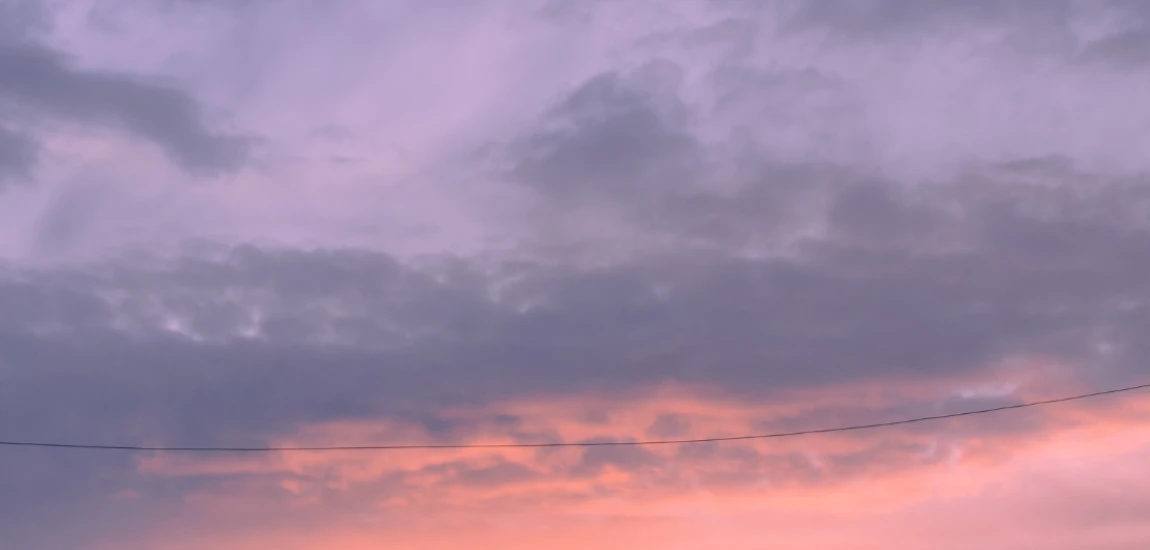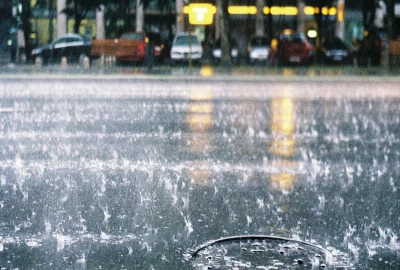Why People Are Booking Trips to See Clouds, Lava, and Total Darkness

Vacations used to be about comfort, cocktails, and resorts. Now, they’re about perspective shifts. The trend in 2025 isn’t just about going somewhere new—it’s about seeing something extraordinary. More and more people are ditching all-inclusive packages and choosing to travel to see natural phenomena that challenge their perception of the world.
From watching the sun rise over a blanket of clouds in the Himalayas, to standing beside an active volcano in Iceland, or lying under a sky so dark you can count the stars by the thousands—travelers are seeking moments that feel cosmic. These are trips where nature, not luxury, takes center stage. You come back with fewer photos of infinity pools and more memories of feeling awestruck and humbled by the Earth’s raw power.
This shift is largely driven by modern life’s sensory overload. Screens dominate our attention, and digital burnout is real. As a result, travelers are turning to experiences that are immersive, silent, and visceral. It’s not just a getaway—it’s a reset. Natural phenomena are unpredictable, fleeting, and deeply emotional. That’s part of the appeal. They require presence and reward those who seek them out.
This blog will explore the reasons behind this fast-growing trend and spotlight three types of phenomena—cloud inversions, lava flows, and total darkness—that travelers are chasing across the globe. If you're ready to trade comfort for wonder, keep reading.
The Rise of Awe Travel: Why Nature’s Extremes Are the New Bucket List
Call it “awe travel,” “extreme nature tourism,” or “cosmic mindfulness”—whatever the name, the motivation is the same: people are seeking out experiences that leave them speechless. Scientific studies support this trend. Experiencing awe has been shown to reduce stress, boost creativity, and foster deeper connections with others. That’s a lot more than a beach holiday can promise.
Social media has played a part in popularizing this movement. Viral images of people standing on mountaintops above cloud oceans or hiking past flowing lava have become modern-day postcards of self-discovery. Yet behind the Instagrammable moment is a deeper, more primal human desire: to feel part of something bigger.
And this kind of travel isn’t just for adrenaline junkies. Increasingly, tour companies are pairing awe-inspiring locations with wellness activities. Think meditation atop volcano ridges, journaling under eclipse skies, or yoga retreats at cloudline lodges. These hybrid experiences are designed to amplify the emotional resonance of the surroundings.
Destinations like Chile’s Atacama Desert, Iceland’s active volcanic zones, and the dark sky preserves of Namibia have seen significant upticks in tourism. But it’s not about crowds—these places attract those who value solitude, scale, and sensory immersion.
So what’s replacing the old-school “bucket list”? It’s not landmarks. It’s moments—watching the Earth breathe, tremble, or go completely dark. Travelers aren’t just collecting places; they’re collecting feelings. And nothing delivers that like the Earth's most mysterious and majestic performances.

Cloud Inversions: The New High-Altitude Obsession
Cloud inversions are meteorological phenomena where the usual order of atmosphere flips, trapping clouds below high elevations while mountaintops bask in clear skies. To stand above an ocean of clouds as they ripple and glow under the rising sun is to feel like you’ve left Earth entirely. It’s no surprise that cloud inversion travel has become one of the most sought-after travel experiences in 2025.
Popular locations for cloud inversions include:
Mount Haleakalā, Hawaii – Tourists line up in the pre-dawn chill to witness one of the most magical sunrises on Earth.
The Dolomites, Italy – These jagged peaks often poke through thick morning clouds, making for surreal hiking and photography.
Table Mountain, South Africa – A rolling “tablecloth” of fog often covers the flat summit, creating a dramatic visual.
Tiger’s Nest Monastery, Bhutan – One of the most spiritual places to view a cloud inversion, enhancing both the beauty and mysticism.
These trips are often combined with sunrise meditation, guided hikes, and drone photography. Some high-end lodges now offer wake-up calls when conditions are perfect for cloud inversions, allowing travelers to step out and see the world transformed.
Why the obsession? For one, they’re ephemeral—you can’t schedule a cloud inversion. You have to be there, ready, and willing to get up before dawn. That element of unpredictability makes it precious. Cloud inversions also symbolize a flip in perspective—something we rarely experience in daily life. Instead of looking up at clouds, you’re above them, almost as if you’re in control of gravity.
For travelers craving beauty, solitude, and a literal change in perspective, cloud inversions are the ultimate high.

Chasing Lava: Heat, Risk, and Raw Creation
Lava tourism is one of the most dramatic forms of awe travel. It’s not just about seeing something beautiful—it’s about confronting the living, breathing force of Earth itself. To witness molten lava, whether bubbling in a crater or crawling down a mountainside, is to understand creation at its rawest.
The top destinations for lava tourism include:
Kīlauea, Hawaiʻi – With recent eruptions and glowing vents, it’s one of the safest and most accessible spots to observe lava.
Fagradalsfjall, Iceland – After erupting multiple times in recent years, it has become a go-to for drone videographers and geology buffs.
Mount Nyiragongo, DR Congo – This trek takes you to the world’s largest lava lake—dangerous, but absolutely unforgettable.
Mount Etna, Italy – One of Europe’s most active volcanoes, often paired with local wine and cave tours.
Lava travel is often combined with geology lessons, thermal spa visits, and resilience workshops. For example, some wellness retreats in Iceland include meditative practices near warm lava fields, blending fear, fascination, and focus.
But what draws people to such a volatile force? It’s not about danger for danger’s sake. It’s about witnessing the Earth in motion. In a world full of digital facsimiles, lava is a reminder that nature doesn’t need special effects. It is the special effect.
The crackle of the crust, the hiss of steam, the glow against the night sky—it’s all deeply humbling. You’re not the main character here. The Earth is. And you’re just lucky to be in the audience.

Total Darkness: The Luxury of Lightlessness
In a world that never sleeps, darkness has become a luxury. Travelers are now journeying across continents not to find light—but to escape it. Whether it’s chasing a total solar eclipse or visiting a remote dark-sky reserve, pitch-black travel experiences have exploded in popularity among those craving stillness, silence, and stars.
Key destinations for darkness lovers include:
Svalbard, Norway – With months of polar night, it’s ideal for those wanting to fully immerse in Arctic darkness.
NamibRand Nature Reserve, Namibia – A certified dark-sky preserve where you can see the Milky Way like a luminous river.
Atacama Desert, Chile – With virtually no light pollution and low humidity, the night sky becomes a cosmic theater.
Big Bend National Park, Texas – Known for offering some of the darkest skies in North America.
But it’s not just about astronomy. Darkness has become therapeutic. More travelers are booking “darkness retreats” that focus on sensory restoration, sleep therapy, and digital detox. In these places, you sleep early, wake naturally, and let your circadian rhythm recalibrate.
The emotional impact is powerful. People report heightened intuition, better sleep, and even spiritual breakthroughs after days in darkness. It's not scary—it’s sacred. Without artificial light, you remember what it means to look inward and listen.
If you’ve ever stood beneath a sky so dark you could see the Milky Way’s core, you know: light shows are fun, but darkness is divine.





